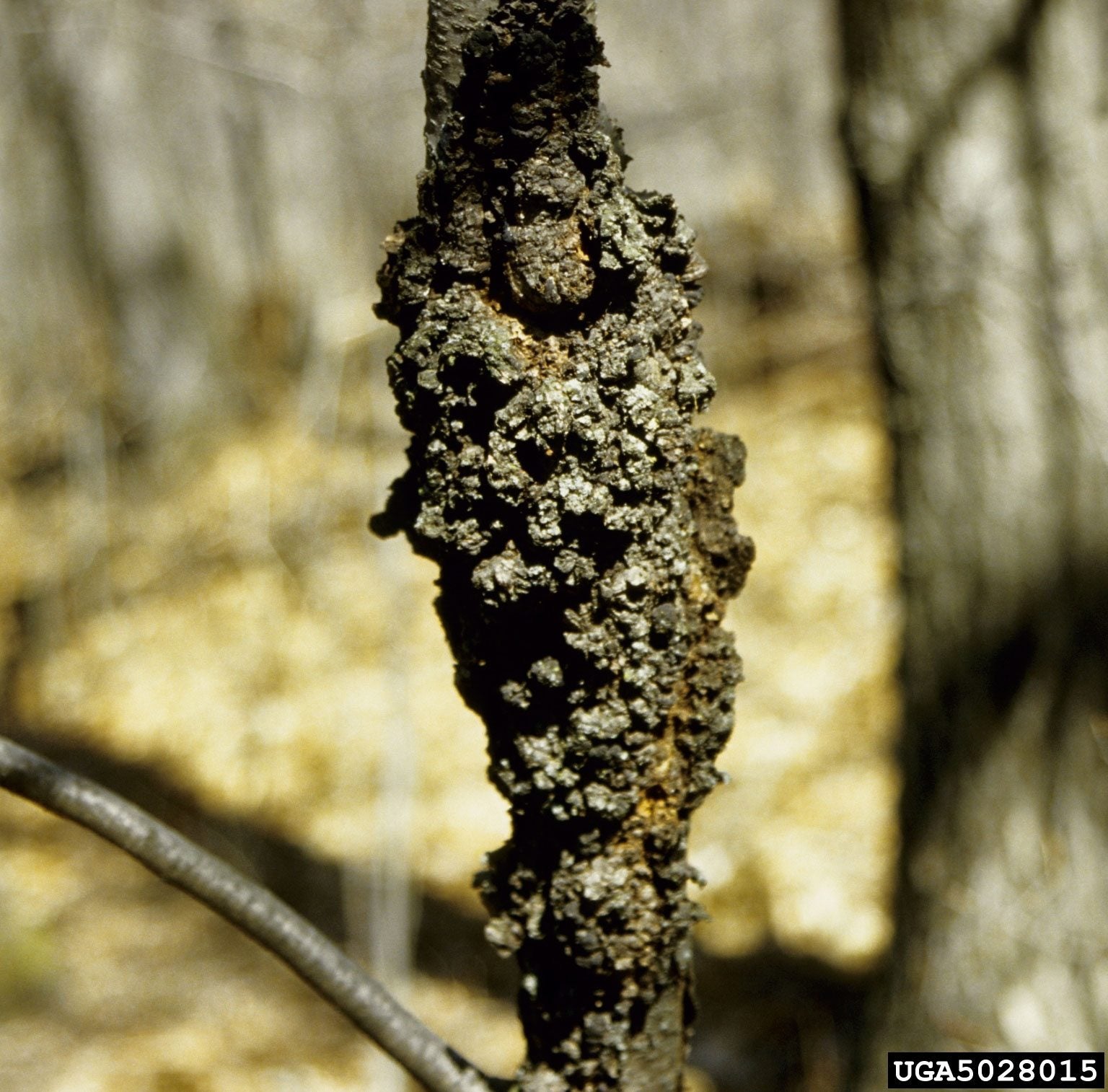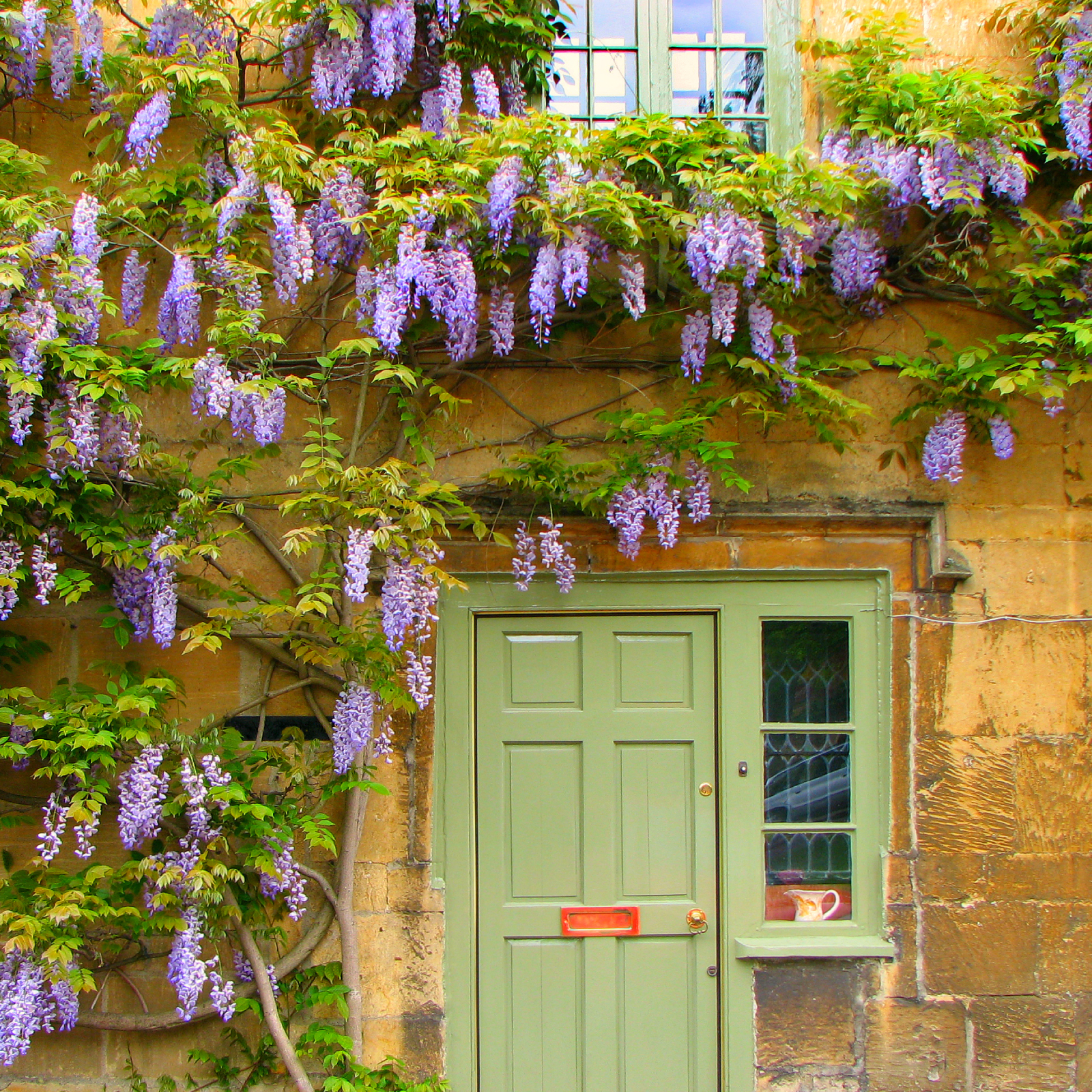Fixes For Black Knot Tree Diseases: What To Do When Black Knot Keeps Coming Back


Black knot disease is easy to diagnose because of the distinctive black gall on the stems and branches of plum and cherry trees. The warty-looking gall often completely encircles the stem, and can be anywhere from an inch to almost a foot (2.5 to 30.5 cm.) in length. Older knots may become infested with a pinkish-white mold that covers the black gall.
Black Knot Tree Disease Info
Black knot fungus (Apiosporina morbosa) is primarily a disease of plum and cherry trees, although it can also infest other stone fruit, such as apricots and peaches, as well as ornamental Prunus species. Black knot disease spreads in spring. On rainy days, the fungus releases spores which are carried on wind currents. If the spores happen to land on the new spring growth of a susceptible tree, and especially if the tree is damp, the spores germinate and infect the tree. The source of the disease is usually wild, abandoned, or neglected trees and finding and removing the source is an important part of controlling black knot tree disease. Fungicide sprays also help treat the black knot disease, but you may find that the black knot keeps coming back if you don't use a combination of fungicide and pruning to remove the knots.
Black Knot Treatment
The first step in treatment is to cut away branches and stems that have knots. If at all possible, do this in winter while the tree is dormant. The black knot fungus may extend further inside the tissue than the visible width of the gall, so make the cuts 2 to 4 inches (5 to 10 cm.) below the gall to be sure you are cutting back to disease-free wood. Burn or bury the diseased branches to prevent the spread of the fungus. The second part of an effective black knot treatment program is to treat the tree with a suitable fungicide. Fungicides vary in their effectiveness from region to region, so contact your cooperative extension agent to find out which product works best in your area. Read the label and follow the instructions exactly for best results. Timing is very important, and you will have to spray the tree several times at carefully timed intervals. Caution: Fungicides are toxic. Store them in their original container and out of the reach of children. Avoid spraying on windy days.
Gardening tips, videos, info and more delivered right to your inbox!
Sign up for the Gardening Know How newsletter today and receive a free copy of our e-book "How to Grow Delicious Tomatoes".

Jackie Carroll has written over 500 articles for Gardening Know How on a wide range of topics.
-
 Zinnias On Repeat: 10 Glorious Cut-And-Come-Again Varieties For Endless Summer Bouquets
Zinnias On Repeat: 10 Glorious Cut-And-Come-Again Varieties For Endless Summer BouquetsThese zinnia varieties keep giving all summer, making them the perfect choice for dedicated cutting gardens – or just the occasional homegrown bouquet.
By Ellen Wells
-
 Create A Romantic Garden Straight Out Of Bridgerton: Regency Era Romance In Your Garden
Create A Romantic Garden Straight Out Of Bridgerton: Regency Era Romance In Your GardenTry some romantic garden ideas straight out of Bridgerton. Flowers and gardens in the Regency era were lush and charming and you can get the same look!
By Bonnie L. Grant